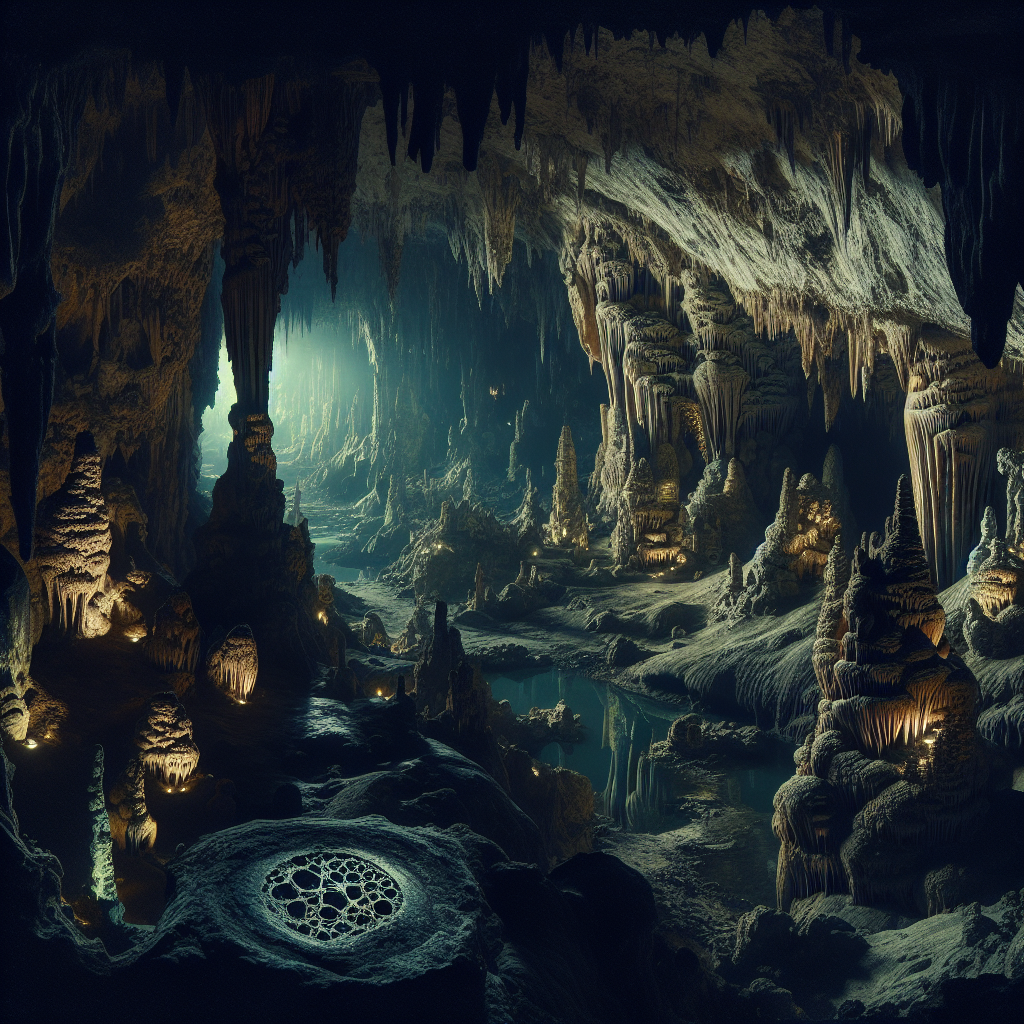Uncovering Ancient Rituals: The Tinshemet Cave Burial Mystery
Archaeologists have discovered a 100,000-year-old burial site in Tinshemet Cave, Israel, featuring well-preserved early human remains and ritual objects. This finding provides insights into ancient burial practices and spiritual beliefs. Experts believe these artifacts signify the beginnings of such ceremonies and emphasize the cultural evolution of early humans.

In a groundbreaking discovery, archaeologists have unearthed what could be one of the world's oldest burial sites at Tinshemet Cave, Israel. The meticulously arranged remains date back 100,000 years, offering a rare glimpse into early human spiritual practices.
The excavation, led by Professor Yossi Zaidner and his team, revealed five early human skeletons. Objects found alongside the remains suggest ritualistic ceremonies, marking them as significant cultural artifacts. These objects, sourced from distant locations, were possibly used to honor the deceased, reflecting a complex early human society.
The Tinshemet Cave findings align with similar discoveries in Skhul and Qafzeh Caves, confirming the development of burial traditions during the Paleolithic era. This research enhances our understanding of human evolution, indicating a tangible link between early spiritual beliefs and societal development.
(With inputs from agencies.)










